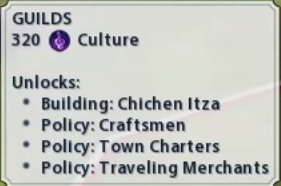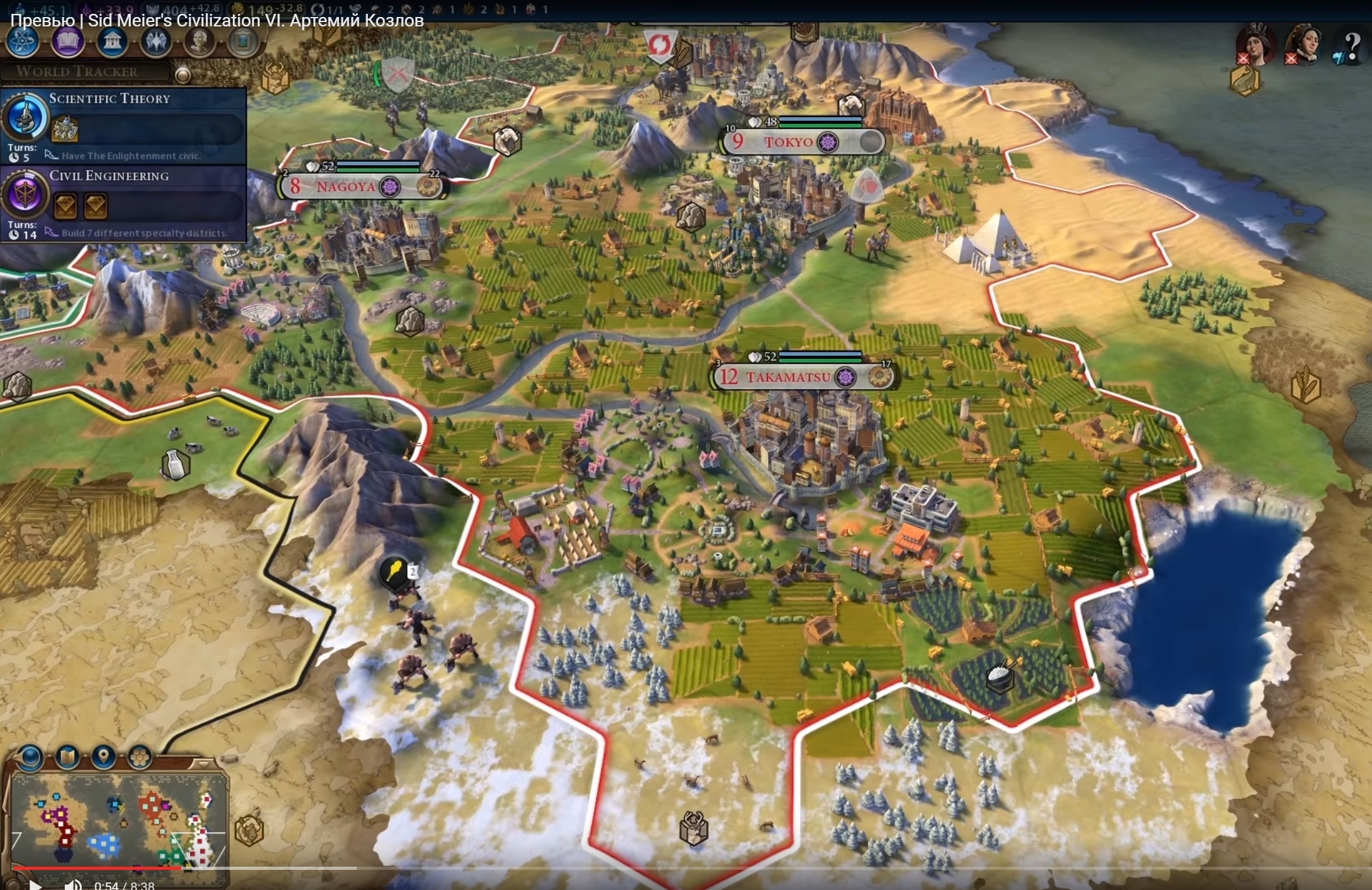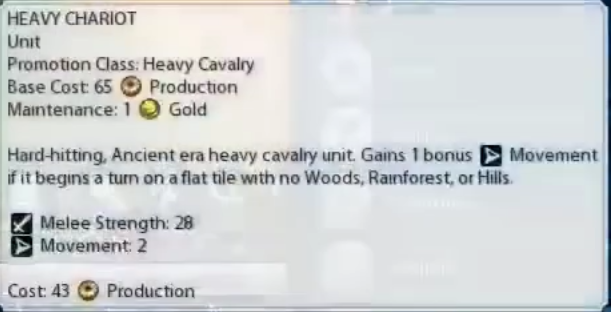sonicmyst
Emperor
Dead Sea on that screenshot. wow.
Do we have some Prince player here? Was this standard for that difficulty in civ 5?
Also, some new policies (names only).
Spoiler :



I don't have details for 2 of those policies in my notes, but Traveling Merchants is +2 Great Merchant points.
Edit: is that Colossus on land?

It's a bonus unlocked with the Feudalism civic. When three farms are adjacent, each gets +1 Food.Hmm, Arioch has it worded as "+1 Food for each farm when 3 are adjacent" - I don't recall if that is the exact phrasing or if he paraphrased it - which would imply flat +1 either for simply having 3 adjacent farms or +1 for each adjacent farm when 3 or more exist.
Though now that I've thought about it more, the screenshot implies that it is +1 for the 3 adjacent *and* +1 for each additional.
It's a bonus unlocked with the Feudalism civic. When three farms are adjacent, each gets +1 Food.
The Japan Electronics Factory bonus looks really awesome, particularly if the regular factory is like +2 production with a 3 tile radius.
No. The bonus doesn't activate unless there are 3 farms adjacent, and you get +3 Food in that case.Which Could actually be coded as 1 food per 2 adjacent farms.
Do we actually know something about regular factories, in terms of output?
And do we have any proof/strong hint that other cities actually do get same (full) bonus as the city which built factory/electronic factory? I can imagine that they could get half or something.
But it could be coded as 1 food per 2 farms, rounded down. I don't really think that's the case if wording is indeed "+1 food if three farms are adjacent" - more likely there's an additional +1 food also from fresh water - but either can be consistent with the information we have.No. The bonus doesn't activate unless there are 3 farms adjacent, and you get +3 Food in that case.
The only question is how (or if) this stacks when there are more than 3 farms adjacent.
http://forums.civfanatics.com/showthread.php?t=572033Feudalism said:Farm improvements now gain +1 Food for each adjacent Farm Improvement when 3 Farm improvements are adjacent to each other.
Is this new? This russian video shows late game japan

Industrial roads reduce movement cost by 25% (seems a bit low, but I like that we can't just zip all over the map as easily)
But it could be coded as 1 food per 2 farms, rounded down. I don't really think that's the case if wording is indeed "+1 food if three farms are adjacent" - more likely there's an additional +1 food also from fresh water - but either can be consistent with the information we have.
Thanks.One for Arioch (you have this unclear on your site, so I guess nobody posted this SS before): Heavy chariot indeed gains 1 bonus movement when they start on flatland. Also, it is confirmed that it is heavy cavalry.
Spoiler :
Well, it's Industrial (19th century), not Modern or Atomic. As an example, just after World War I, there was an expedition of Army cars (which involved then Major, later President Dwight Eisenhower) crossing the USA from Washington D.C. to San Francisco. They averaged less than 6 miles per hour. The real zipping around should come in the late Modern or early Atomic era, when countries started to build nationwide highway systems.
Hmm, Arioch has it worded as "+1 Food for each farm when 3 are adjacent" - I don't recall if that is the exact phrasing or if he paraphrased it - which would imply flat +1 either for simply having 3 adjacent farms or +1 for each adjacent farm when 3 or more exist.
Though now that I've thought about it more, the screenshot implies that it is +1 for the 3 adjacent *and* +1 for each additional.
